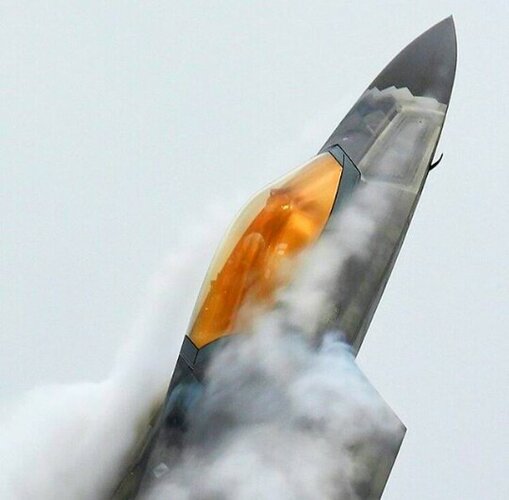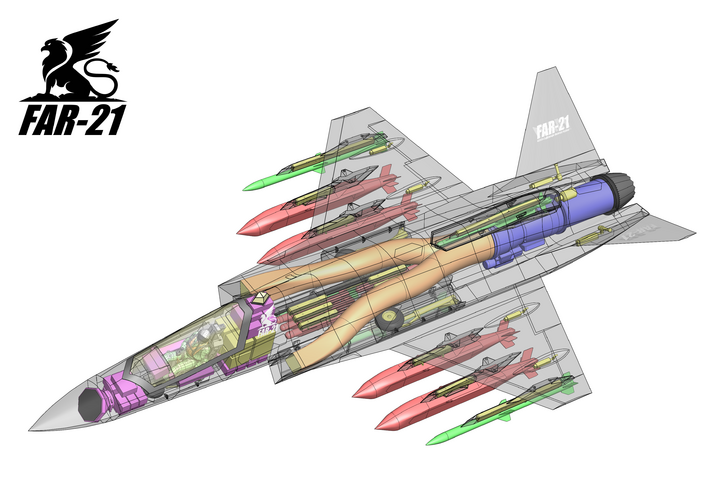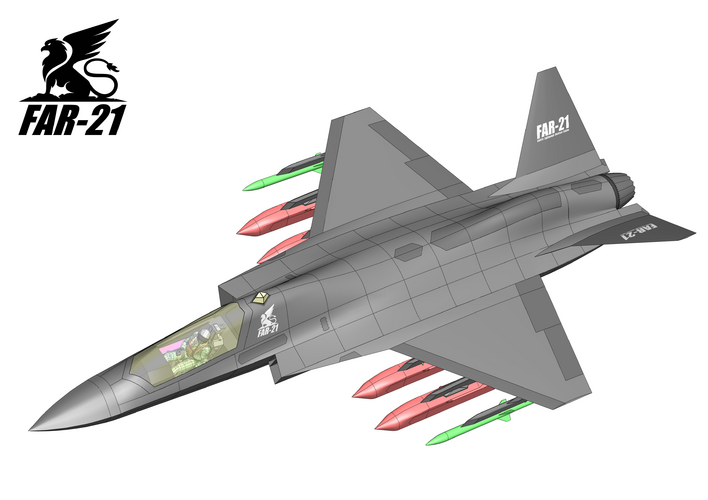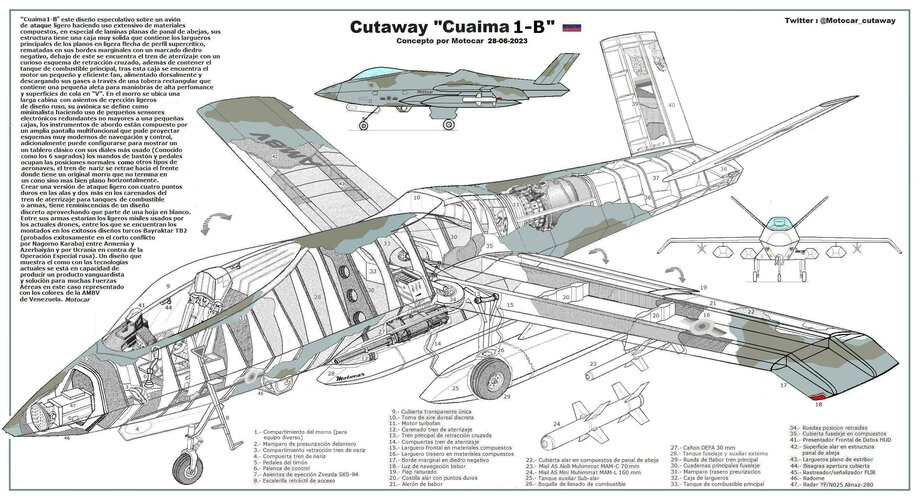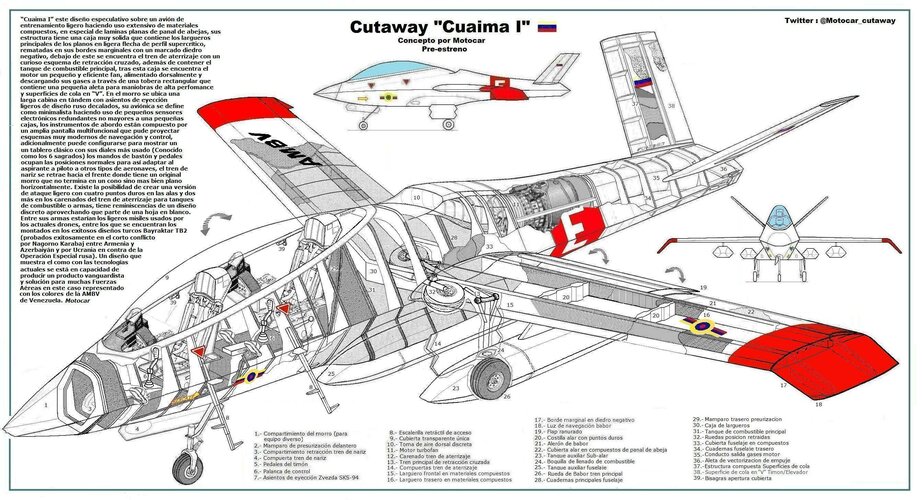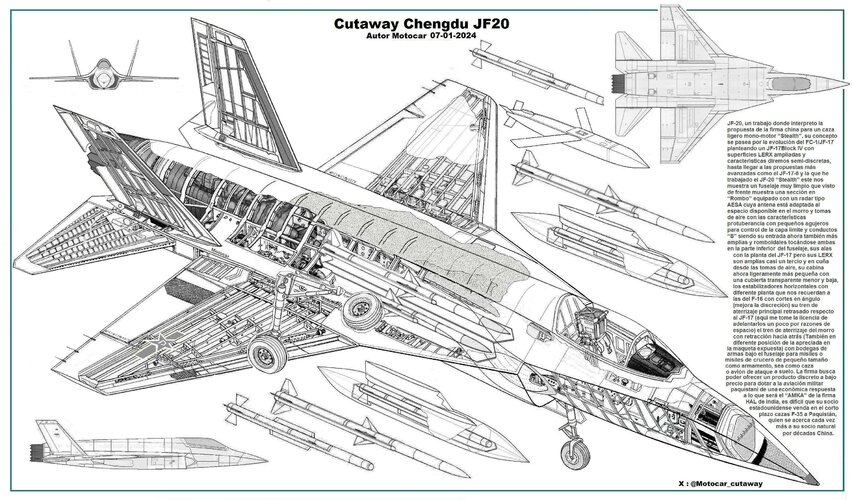VTOLicious, now I just woke up this morning with the urge to revisit this thread.....
Have to say, I still can't help being impressed with your design and everyone supporting efforts.
Now, I might be taking your intention beyond your realm, but if I recall, you alluded that your LMF was intended for small air forces. In the case of your LMF, do you envisage the designer/builder to be a new aerospace entity or one of the big boy corporations building your LMF?
Now appreciating the games that the U.S. government has been exercising with allowing/blocking the sales of aircraft to given countries due to their U.S. centric technologies/content - in your case VTOLicious the General Electric F404/F414 turbofan. Do you think there's scope of marketing diversity in offering a choice of engines to fit customer requirements, which negates such U.S. government games/manipulation in offering/selling your LMF to the world on a true worldly scale - aka countries not geopolitically inline with the U.S.?
Perhaps a common intake ducting arrangement that facilitates the F404, Snecma M88-4e, European EJ200, Klimov RD-33MK, Klimov RD-93/93MA or
Guizhou WS-13 turbofans.
A universally adaptive engine mount arrangement to allow the fitting of F404, Snecma M88-4e, European EJ200, Klimov RD-33MK, Klimov RD-93/93MA or
Guizhou WS-13 turbofans.
I fully appreciate that this would effect every inch of space and time and effort you've thus far contributed to your design. But just a nagging thought.
Regards
Pioneer

